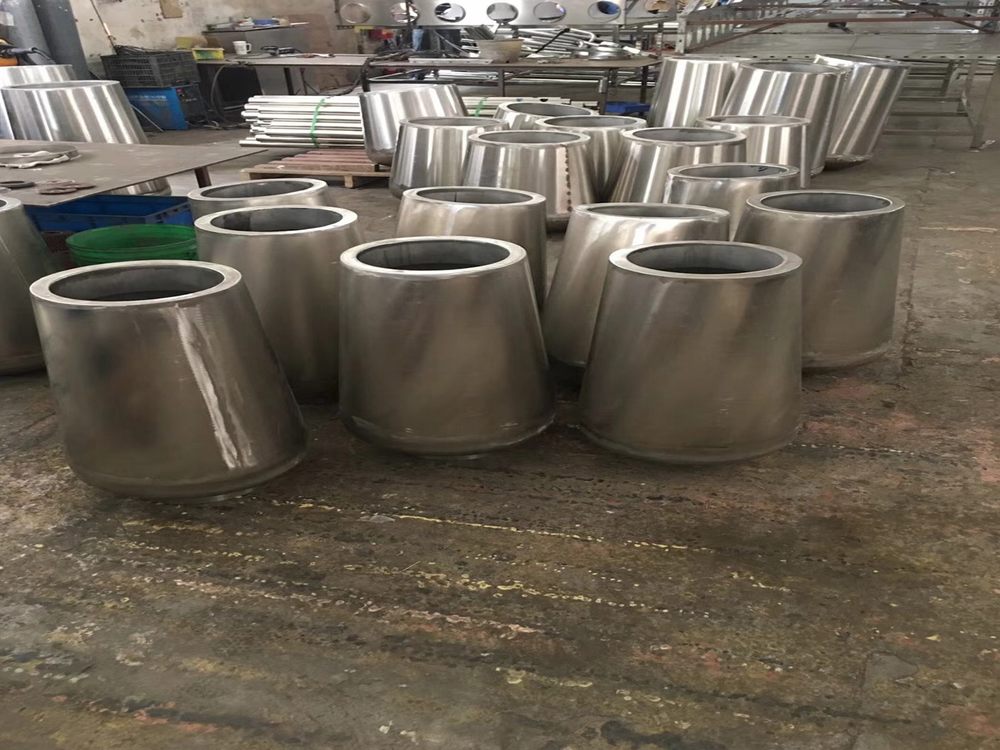
In porcelain sculpture exhibitions, scale is a powerful tool artists employ to captivate audiences and direct attention to specific works. By manipulating size—whether through monumental pieces or delicate miniatures—artists create striking contrasts that naturally draw the eye. Large-scale porcelain sculptures often dominate gallery spaces, commanding immediate attention and evoking awe through their sheer physical presence. Conversely, smaller works placed strategically within the exhibition can create intimate moments of discovery, encouraging closer inspection.
The interplay of scale also enhances storytelling. A towering porcelain figure might symbolize grandeur or power, while a cluster of tiny, intricate pieces could represent fragility or detail-oriented craftsmanship. Artists frequently use disproportionate scaling to challenge perceptions, such as oversized everyday objects that invite viewers to reconsider mundane items through an artistic lens. Lighting and placement further amplify these effects, with carefully positioned spotlights or pedestals heightening the dramatic impact of scaled works.
Moreover, scale influences the viewer's physical interaction with the space. Oversized sculptures may force viewers to step back for full appreciation, while smaller works draw them in, creating a dynamic rhythm throughout the exhibition. This intentional use of scale transforms porcelain from mere decorative objects into compelling narrative devices, making exhibitions unforgettable experiences. By mastering scale, artists not only highlight their technical skill but also guide emotional responses, ensuring certain pieces linger in the memory long after the visit.

